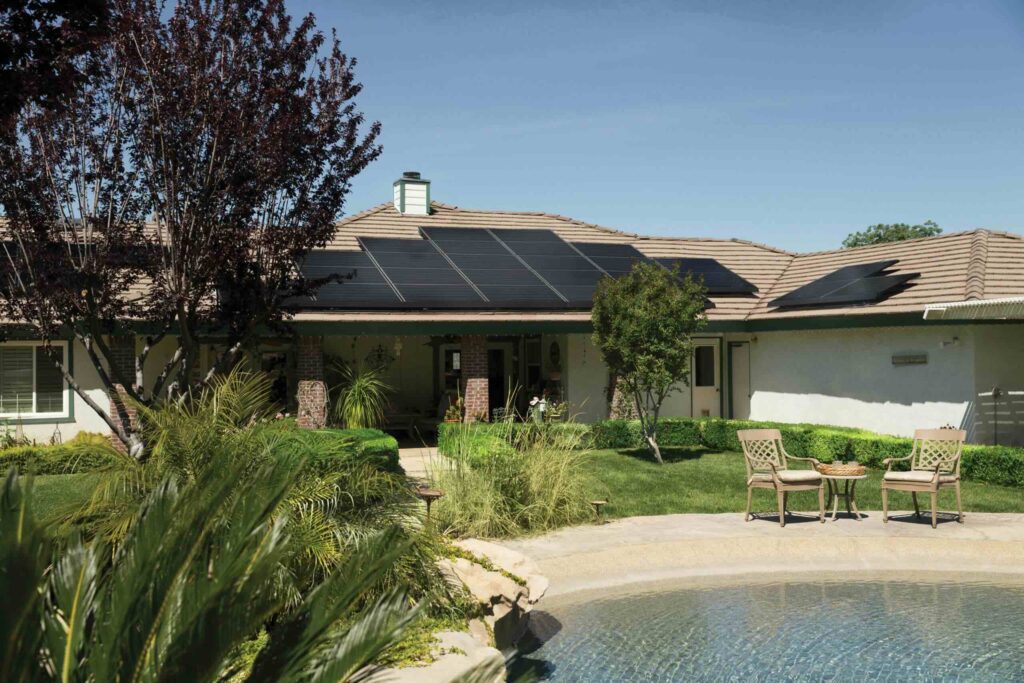Why Installing a Solar Battery Is a Smart Move – Powered by Superb Solar
Why Installing a Solar Battery Is a Smart Move – Powered by Superb Solar As the world shifts toward renewable energy, solar power continues to lead the charge. But if you’re relying solely on solar panels, you might be missing out on a key piece of the puzzle — a solar battery. At Superb Solar, we’re not just about panels on your roof — we’re about making your solar system work smarter, harder, and longer for you. Here’s why installing a solar battery is one of the best decisions you can make for your home or business. What Is a Solar Battery? A solar battery stores excess energy generated by your solar panels during the day. Instead of sending that surplus power back to the grid, the battery saves it for later use — especially valuable during the evening, at night, or during a blackout. Why Installing a Solar Battery Matters Explained by experts at Superb Solar 1. Energy Independence With a solar battery, you rely less on the grid. That means protection from rising electricity costs and greater control over your power usage — all from clean, renewable energy. 2. Power When You Need It Blackouts? No problem. A solar battery can keep your essentials running even when the grid goes down. That’s peace of mind during storms, heatwaves, or outages. 3. Maximize Your Solar Investment Without a battery, unused solar energy often goes back to the grid for little or no compensation. A battery stores that energy so you can use it when it matters most — lowering your bills and increasing efficiency. 4. Reduce Your Carbon Footprint Using stored solar energy around the clock minimizes your need for fossil-fuel-based electricity. It’s a powerful step toward a cleaner planet. Why Choose Superb Solar for Your Battery Installation? At Superb Solar, we specialize in full-service solar solutions — from custom system design to professional installation and ongoing support. Our solar battery offerings are: • High-performance and long-lasting • Compatible with leading inverter brands • Professionally installed by certified experts • Backed by robust warranties and local support We also offer energy monitoring tools so you can track your usage and savings in real time. Ready to Go Further With Solar? Adding a battery to your solar system isn’t just a smart move — it’s the future of energy. At Superb Solar, we’re here to help you take the next step with confidence. Contact us today to learn more about solar batteries and get a free energy assessment. Superb Solar – Powering Your Tomorrow, Today. info@superbsolar.com.au 1300 371883
Why Installing a Solar Battery Is a Smart Move – Powered by Superb Solar Read More »




